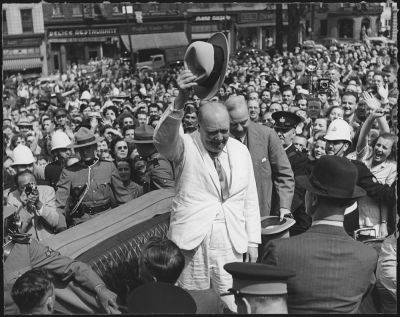WWI lessons Ukraine needs to heed to win the war
As Russia’s invasion of Ukraine enters its third year, the war’s tactics increasingly seem to match scenes from the First World War: soldiers huddle in trenches along stagnant front lines and navigate intense barrages.
Beyond trench warfare, however, the Ukraine conflict resembles the strategic, operational and tactical situation faced by Allied commanders immediately prior to the 100 Days Offensive, and its lessons remain applicable to contemporary wartime political and military leaders.
The successes produced by the 100 Days Offensive that began in the late summer of 1918 were primarily influenced by the Allies’ reliance on a strategy of maximum effort, flexible campaigns and advances in tactics.
The 100 Days Offensive
Having suffered significant losses in the preceding months, and facing the possibility of growing German strength following the defeat of Russia, Allied leaders prioritized launching a decisive offensive before their own exhaustion forced them to settle for peace.
These strategic considerations led Allied commanders to shift the balance of their forces to seize opportunities along the front. Beginning with a surprise attack on Amiens, the Allies often rapidly shifted the center of their offensive efforts. These moves forced the German High Command to commit additional resources along the front, weakening its defenses.
While the Allies’ hurried tempo led to higher casualties, maintaining momentum was critical to eventually piercing the Hindenburg Line, the Germans’ most significant prepared defensive position.
Allied tactics forced combat into the open. While aircraft had been introduced prior to 1918, the Allies were able to rely on near-total control of the air. This allowed Allied forces to more







